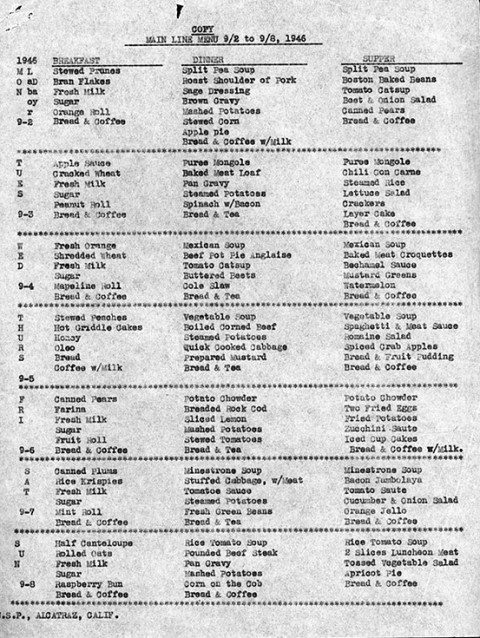Dionne Warwick:
Aretha Franklin and Dionne Warwick are two of the highest charting women in music history. Between them, they’ve made 129 appearances in the Billboard Hot 100. Two of those were with the same song: the 1966 Burt Bacharach and Hal David composition, “I Say a Little Prayer.”
The song was written especially for Warwick. David’s lyrics are about a woman’s daily thoughts of her man, who is away in Vietnam. Bacharach arranged and produced the original recording in April of 1966, but was unhappy with the result. “I thought I blew it,” he told the Los Angeles Times in 1998. “The tempo seemed too fast. I never wanted the record to come out. So what happens? They put out the record and it was a huge hit. I was wrong.” The song was released over Bacharach’s objections in October, 1967 and rose to number 4 on the Billboard Hot 100 and number 8 on the Billboard R & B charts.
Aretha Franklin:
A few months after Warwick’s single came out, Aretha Franklin and The Sweet Inspirations were singing “I Say a Little Prayer” for fun during a break in recording sessions for Aretha Now. Producer Jerry Wexler liked what he heard, and decided to record the song. With Franklin on piano and the Muscle Shoals Rhythm Section behind her, it was recorded in one take. Franklin’s version has more of a gospel and rhythm & blues feel, with a fluid call-and-response interplay between the lead and backup singers.
Released in July of 1968, the single was less of a crossover hit than Warwick’s version — it peaked at number 10 on the Hot 100 chart — but rose all the way to number 3 on the R & B chart. Overshadowed at first, Franklin’s recording has grown in stature over the years. Even Bacharach likes it better than the one he made with Warwick. As he told Mitch Albom earlier this year, “Aretha just made a far better record.”
You can listen above, as Warwick performs “I Say a Little Prayer” in an unidentified television broadcast and Franklin sings it with the Sweethearts of Soul on the August 31, 1970 Cliff Richard Show. Tell us: Which version do you think is better?
Related content:
Aretha Franklin Performs ‘Respect’ Live in the South of France, 1970
The Queen of Soul Conquers Europe: Aretha Franklin in Amsterdam, 1968


